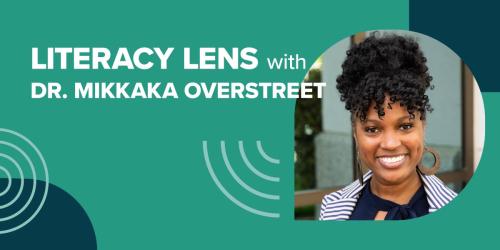Meeting the Education Needs of Immigrant Newcomers

In our region—Alaska, Idaho, Oregon, Montana, and Washington—young people between the ages of 13 and 17 are more than twice as likely to be foreign-born immigrants than children from birth to the age of 12. Oregon and Washington have the greatest concentration of immigrant adolescents, where there are more than 53,000 immigrants between 13 and 17.
We still do not know a lot about how to best meet the needs of these students. At the national level, we know that students who are classified as English learners in high school are more likely to be foreign-born and recent arrivals than those in the younger grades (who are more often U.S.-born children of immigrants). Students who are newcomers as adolescents often find that U.S. high schools are not prepared to meet their academic or social-emotional needs.
Newcomer students in U.S. high schools experience a jarring transition. They find themselves in a setting that is unfamiliar to them on multiple levels, including structural, linguistic, and cultural. They might make dangerous assumptions, such as thinking that the classes on their schedule are the ones they will need to graduate and go on to college. Grades, forms of assessment, the structure of the school day, and rules regarding attendance and retaking exams are all different.
They also have limited time to reach key milestones. Earning a high school diploma requires successful completion of specific credit requirements, and in many states, it also includes passing a high school exit exam in English. Because they are still in the process of learning English, they may have limited access to the rigorous courses needed to move toward high school graduation and to fulfill college-entry requirements.
Completing a sequence of ESL/ELD courses is often a de facto prerequisite for entry to the mainstream curriculum, even though our highest court has affirmed and reaffirmed multiple times that schools and state education agencies must ensure that English learners are provided with meaningful access to all curricular and extracurricular programs.
Newcomers need to be able to navigate high school strategically, so that they can ensure that they maximize their time from the very first day and minimize their time taking unnecessary courses. This requires students to be proactive and strategic with their course taking, which is only possible if certain structures are in place. Possibilities include:
Credit for Prior Schooling
While credits could benefit students, schools and districts often have limited capacity and inconsistent practices for evaluating foreign transcripts. This results in unnecessary repetition of coursework and further delays students’ progress toward graduation.
Orientation
Newcomer students and their parents require explicit orientation not only to their specific high school but the U.S. education system in general. Disseminating this information often and in multiple formats (i.e. in person, phone, text, email, print, web) is essential. There are some exemplary programs that train parents and students to advocate for themselves, but they tend to be implemented unevenly rather than systemically.Bilingual Courses
Bilingualism is an asset, and far too often the only measures of student success center on English proficiency and/or performance on assessments administered in English. Students’ home language proficiency should be preserved and leveraged as an asset. Providing students with options to take courses in bilingual settings is a key strategy for increasing access to rigorous content from the outset.Credit Policies
Most newcomers are required to complete a full sequence of ESL/ELD courses before being exited or reclassified from English learner status. In some districts, these courses count solely as electives, while in others, they count toward the English language arts credits required to graduate. This lack of consistency in policy results in unequal opportunities.
Perhaps most importantly, our attention must turn to newcomers, as they all too often slip through the cracks. To the extent that they receive attention, much of it is focused on little more than English acquisition, when what they need is both English and access to rigorous content.



